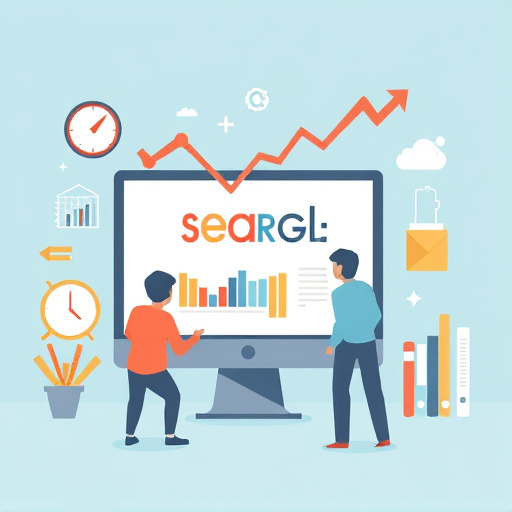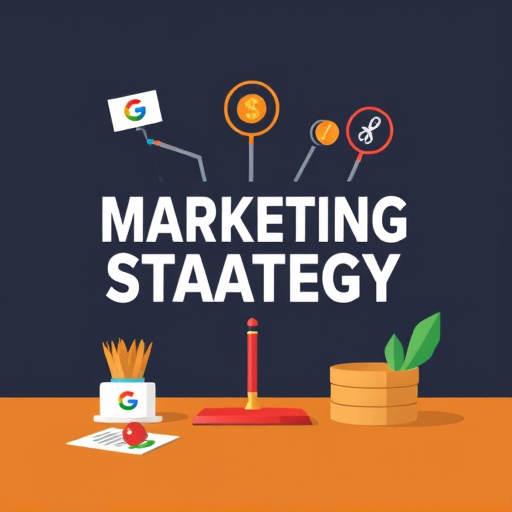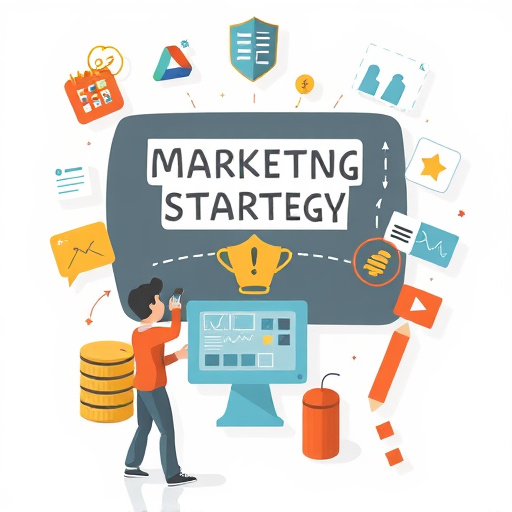Dynamic WordPress themes, leveraging heatmaps and AI analytics, personalize user experiences, boost SEO in Dallas through increased engagement, and distinguish businesses from competitors. Plugins enhance functionality, offering interactive menus and advanced search, while responsive design, testing, and advanced themes ensure optimal accessibility across devices, per digital marketing experts.
In today’s digital landscape, dynamic themes that adapt to user preferences are transforming WordPress website design. Understanding user behavior is key to creating engaging experiences. By leveraging powerful WordPress plugins and customization tools, developers can implement adaptive elements seamlessly. This article delves into the technical aspects, highlights benefits like enhanced usability and accessibility, and offers best practices for implementing dynamic themes effectively in WordPress website design.
- Understanding User Behavior for Dynamic Themes
- Technical Implementation: WordPress Plugins and Customization
- Benefits and Best Practices for Adaptive Website Design
Understanding User Behavior for Dynamic Themes

In the realm of WordPress website design, dynamic themes that adapt to user behavior are becoming the norm rather than the exception. Understanding how users interact with a site is key to creating these adaptable designs. By employing tools and techniques such as heatmaps, scroll tracking, and session recordings, developers can gain valuable insights into user preferences and pain points. This data allows for the creation of personalized experiences that not only enhance user engagement but also improve local SEO in Dallas by increasing time spent on page and reducing bounce rates.
Furthermore, leveraging AI-driven analytics enables dynamic themes to anticipate and cater to individual needs. A well-designed WordPress site, optimized with these adaptive features, can significantly boost the online presence of businesses, making them stand out from competitors. For instance, an SEO consultant near me might utilize these dynamic elements to showcase specialized services more effectively, thereby attracting potential clients seeking tailored solutions—a strategic approach that underpins successful SEO audit services.
Technical Implementation: WordPress Plugins and Customization

The dynamic nature of modern web design is heavily reliant on content management systems (CMS) like WordPress, which offer a plethora of tools for creating adaptable and user-centric website designs. When it comes to WordPress website design, plugins play a pivotal role in enhancing functionality and introducing dynamic elements. For instance, plugins designed for responsive design ensure that a website seamlessly adjusts to different screen sizes and devices, providing an optimal viewing experience regardless of whether a user is on their desktop or smartphone.
In the context of website design Hollywood FL and website designer Davie FL, developers can leverage WordPress’s extensive plugin library to implement unique features tailored to specific client needs. Customization options are virtually limitless, from creating interactive menus and sliders to integrating advanced search functions that boost local search visibility. These dynamic themes not only captivate users but also provide a competitive edge in today’s digital landscape, ensuring businesses stand out and engage their target audience effectively.
Benefits and Best Practices for Adaptive Website Design

Implementing dynamic themes that adapt to users offers numerous advantages for any WordPress website design. Firstly, it enhances user experience by providing a personalized interface tailored to individual preferences and behaviors. This can lead to increased engagement and lower bounce rates as visitors feel more connected to the site’s content. Secondly, adaptive designs are crucial for accessibility; they automatically adjust layouts for optimal viewing on various devices, ensuring your website is inclusive and usable for everyone, including those with disabilities.
Best practices for achieving this include utilizing responsive design principles, regular testing across different screen sizes, and leveraging advanced WordPress themes that support dynamic content rendering. Additionally, integrating analytics tools can provide valuable insights into user interactions, enabling you to refine the adaptive features over time. For those seeking top-notch web design services in Dallas or robust link building services, digital marketing experts recommend prioritizing these practices to stay ahead in a competitive online landscape.
Dynamic themes that adapt to users’ preferences and behaviors are transforming the way we interact with WordPress websites. By understanding user behavior, developers can create personalized experiences that enhance engagement and retention. Through the strategic use of WordPress plugins and customization techniques, designers can implement adaptive features seamlessly. This approach not only improves user satisfaction but also offers best practices for optimal website performance and accessibility. Embracing dynamic themes is a key step towards revolutionizing WordPress website design in today’s digital landscape.














